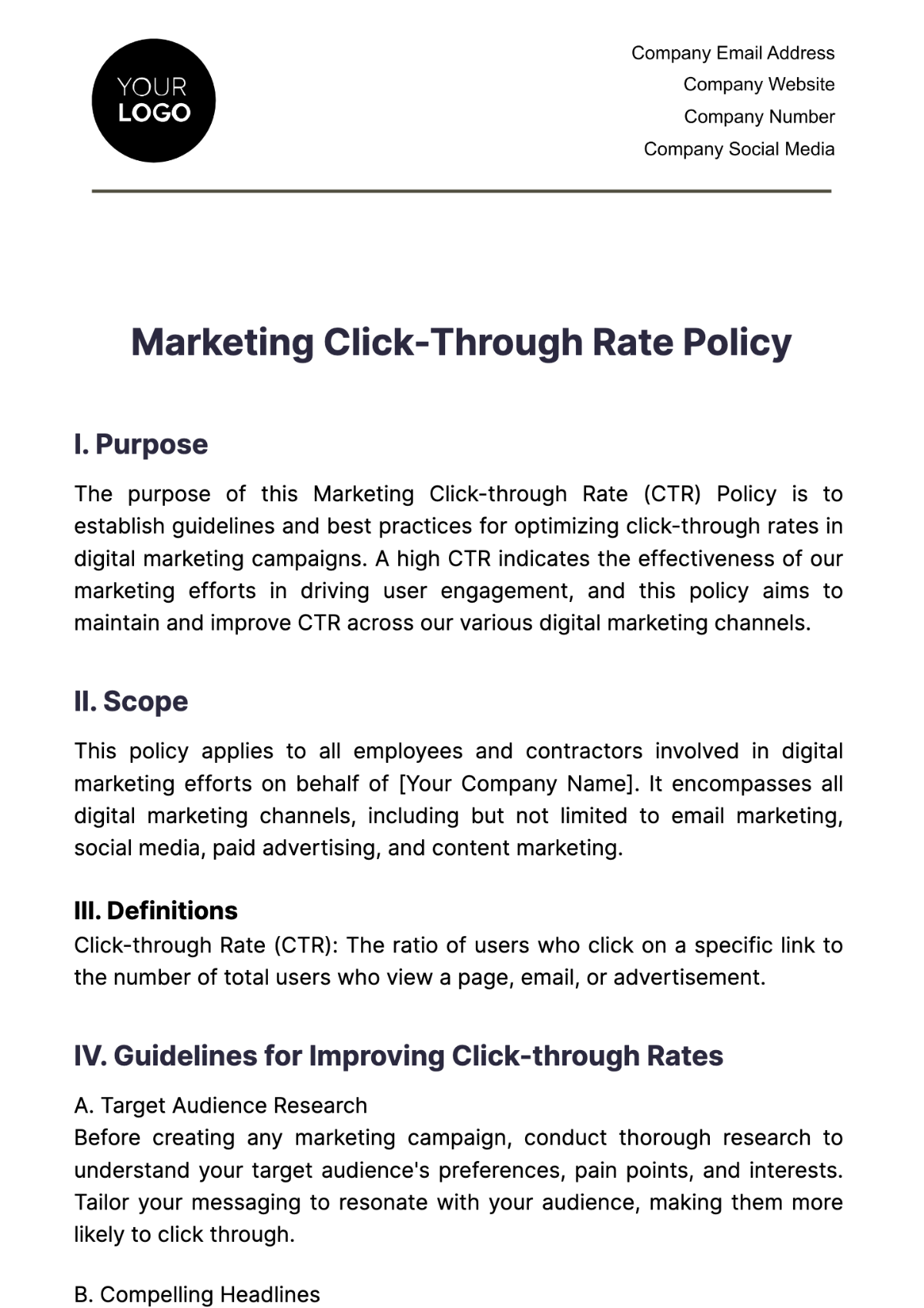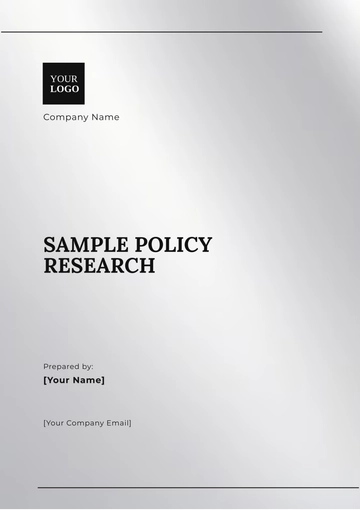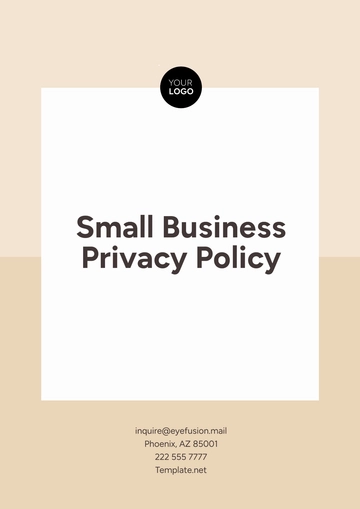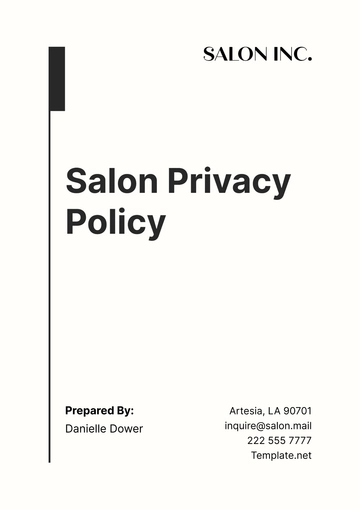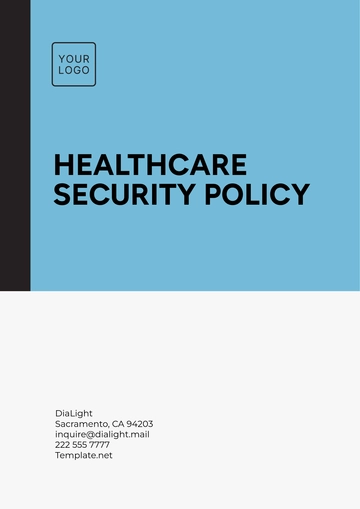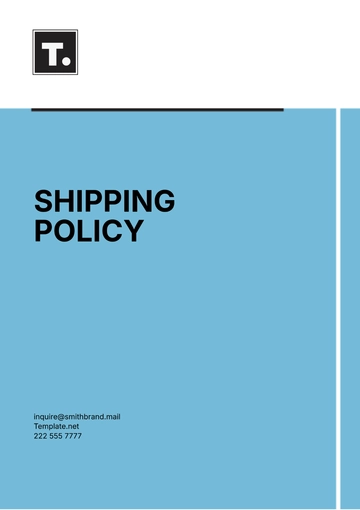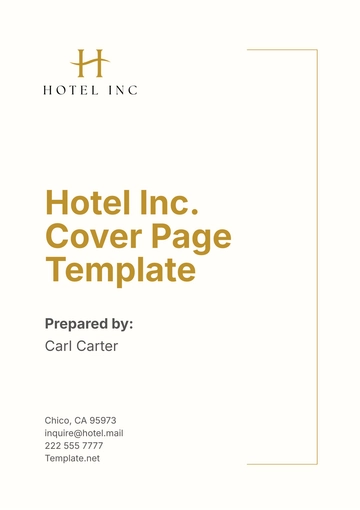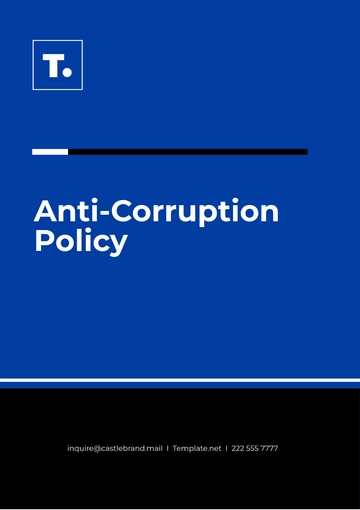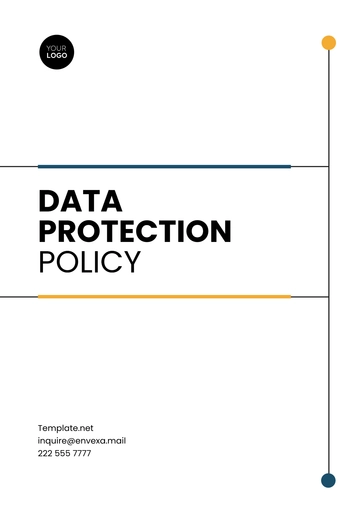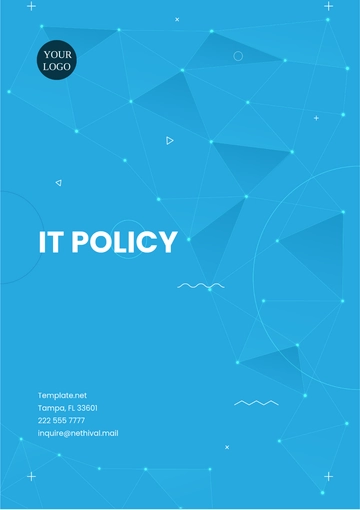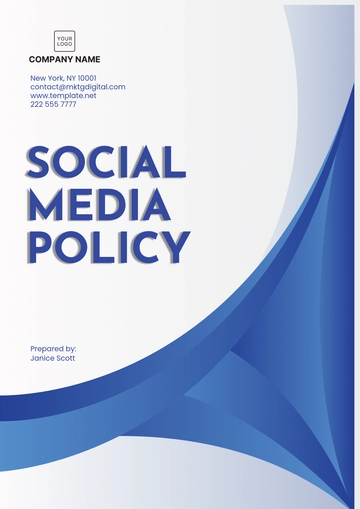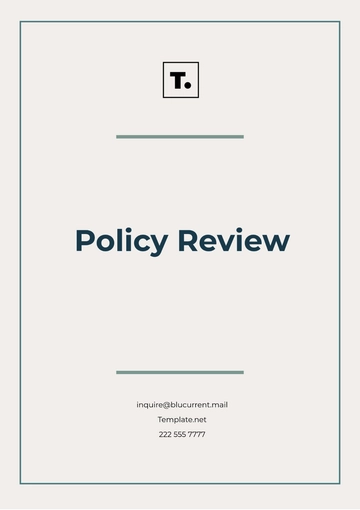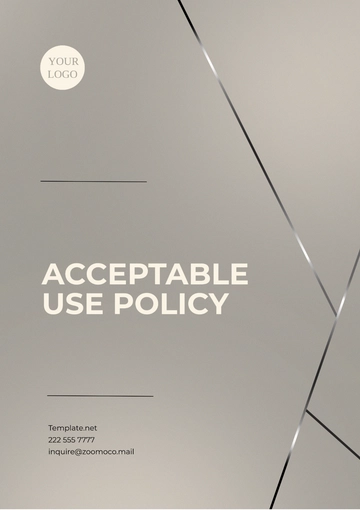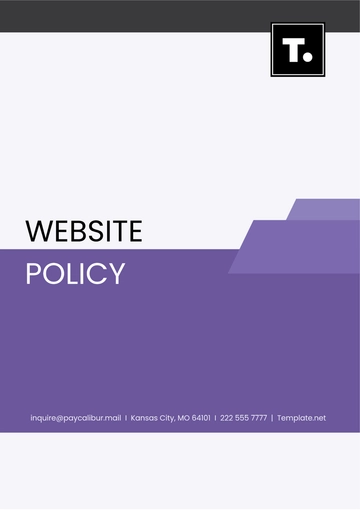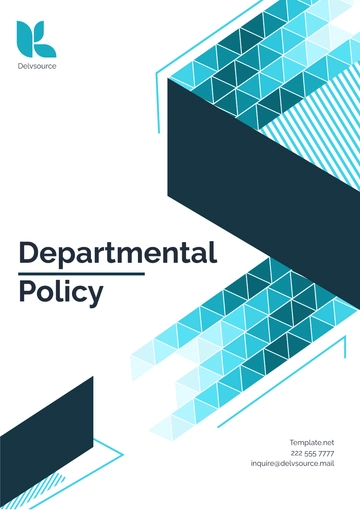Marketing Click-Through Rate Policy
I. Purpose
The purpose of this Marketing Click-through Rate (CTR) Policy is to establish guidelines and best practices for optimizing click-through rates in digital marketing campaigns. A high CTR indicates the effectiveness of our marketing efforts in driving user engagement, and this policy aims to maintain and improve CTR across our various digital marketing channels.
II. Scope
This policy applies to all employees and contractors involved in digital marketing efforts on behalf of [Your Company Name]. It encompasses all digital marketing channels, including but not limited to email marketing, social media, paid advertising, and content marketing.
III. Definitions
Click-through Rate (CTR): The ratio of users who click on a specific link to the number of total users who view a page, email, or advertisement.
IV. Guidelines for Improving Click-through Rates
A. Target Audience Research
Before creating any marketing campaign, conduct thorough research to understand your target audience's preferences, pain points, and interests. Tailor your messaging to resonate with your audience, making them more likely to click through.
B. Compelling Headlines
Craft engaging and concise headlines that capture the essence of your content or offer. A compelling headline should spark curiosity, emotion, or a sense of urgency.
C. High-Quality Visuals
Incorporate high-quality images, videos, or graphics that align with your messaging. Visual content can significantly impact CTR, so choose visuals that are relevant and attention-grabbing.
D. Clear Call-to-Action (CTA)
Every marketing communication should feature a clear and compelling CTA that directs users on what to do next. Make your CTA prominent, concise, and action-oriented.
E. A/B Testing
Continuously test different elements of your marketing campaigns, such as headlines, visuals, CTAs, and email subject lines. A/B testing allows you to identify which variations perform best and refine your approach accordingly.
F. Personalization
Personalize marketing messages whenever possible. Address users by their names and provide personalized content recommendations, promotions, or product suggestions based on their previous interactions and preferences.
G. Mobile Optimization
Ensure that all marketing materials are mobile-responsive. Many users access content on mobile devices, and a seamless mobile experience can significantly impact CTR.
I. Email Marketing Specifics
In email marketing, pay attention to email subject lines, preview text, and sender names. Avoid spammy language, and use segmentation to send relevant content to specific email lists.
J.Social Media Advertising Specifics
Use targeted ads, precise audience segmentation, and engaging visuals to optimize CTR on social media platforms.
V. Monitoring and Reporting
A. Regular Assessment
Marketing teams should regularly monitor and analyze CTR for each campaign and channel. Use analytics tools to measure performance and identify areas for improvement.
B. Benchmarking
Benchmark CTR against industry standards and competitors to ensure your campaigns are performing at or above average.
C. Data Privacy and Compliance
Ensure that all marketing efforts comply with data privacy regulations, such as GDPR or CCPA, and respect user preferences regarding data usage and email subscriptions.
VI. Training and Compliance
Provide ongoing training and resources to marketing teams on CTR optimization best practices and compliance with this policy.
VII. Review and Updates
This policy will be reviewed and updated as necessary to reflect changes in marketing strategies, technologies, and best practices. All employees and contractors must adhere to this policy to maintain a high standard of CTR optimization in our digital marketing efforts.
[Your Company Name]
[Month Day, Year]
Marketing Templates @ Template.net
